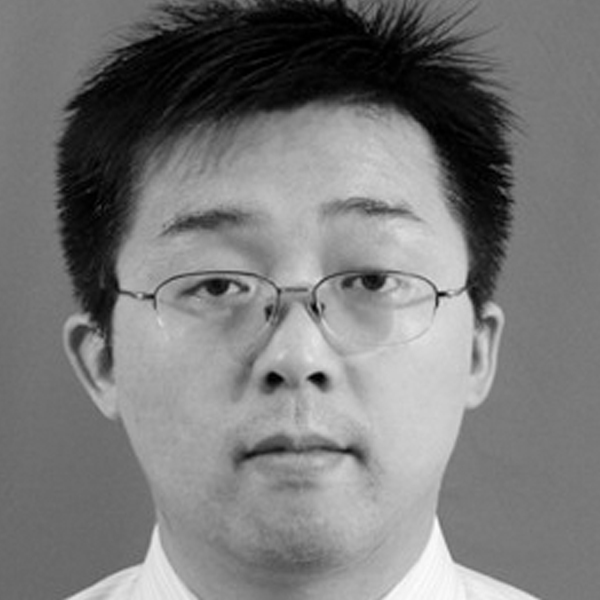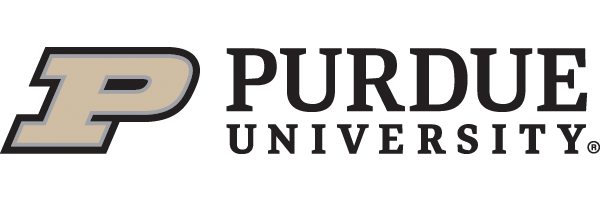Cooperative Control Mechanism for Platoon Formation of Connected and Autonomous Vehicles
Principal Investigator(s):
Srinivas Peeta, Hockema Professor of Civil Engineering – Purdue University
Yongfu Li, Research Associate – Purdue University
Project Abstract:
Connected and autonomous vehicles (CAVs) have the potential to significantly improve traffic safety and mobility through platoon formation whereby vehicles follow one another closely. Such platoons can also reduce energy consumption of individual CAVs by reducing air drag. While control mechanisms have been previously proposed to control vehicles in a platoon, for example, through adaptive cruise control, they mainly focus on seeking a better situation for an individual vehicle by controlling its driving behavior. This study focuses on CAV-based control mechanisms to holistically determine the acceleration/deceleration rate of each CAV in a platoon to maximize platoon performance. It designs a cooperative control mechanism for a CAV platoon under realistic vehicle-to-vehicle (V2V) communication environments. Thereby, CAVs can leverage information from other CAVs through V2V communication to collaborate under a joint objective such as systematically optimizing platoon performance while incorporating consensus (for example, to maintain certain inter-vehicle time headway). The impact of information delay and topology of information that is exchanged among vehicles on platoon dynamics will be analyzed. The optimal time headway and platoon size to maximize fuel efficiency of the CAVs in the platoon will be determined.
Institution(s): Purdue University
Award Year: 2017
Research Thrust(s): Control & Operations
Project Form(s):



